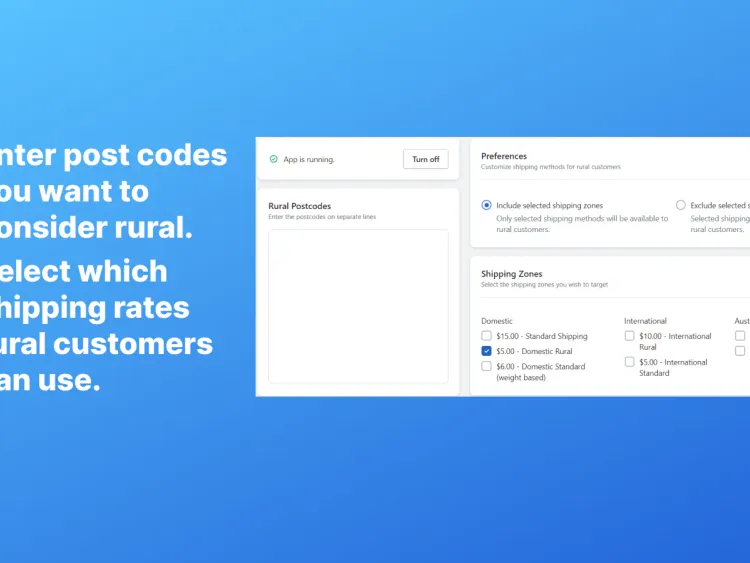
3 Easy Ways to Build High Quality Links with Broken Link Building
Broken link building is by far my favourite link building tactic. With broken link building you’re helping both yourself and the website you’re netting backlinks from.
Broken link building is at its core a simple strategy: you find broken links on other people’s websites where the broken link is similar to a resource you have on your own website, then you get in contact with the website owner to replace the broken link with your own link.
Broken link building is a simple way to build new backlinks to your website; in this guide we’re covering 3 easy ways to build your own high quality backlinks with broken link building.
Keyword Targeting
Keyword targeting is the best method to use if you don’t know any specific places to look for broken links.
Generate a list of prospective search terms you’d like to rank for, then try and think about how you can modify your list to target pages that link to other websites related to your target keywords. Some good keywords you can add to the end of your search terms includes “links”, “resources”, “inurl:links”, “inurl:resources” & “intext:resource”.
Once you’ve created your full list of phrases, it’s time to start scraping the search results. Go through each search result and check for broken links using a tool like Xenu or the Chrome extension Check My Links.
Once you’ve found a broken link that you could provide your own related resource for to replace the broken resource, it’s time to contact the website owner (more on that at the end of this guide).
Generally I won’t go bother going deeper than 3 pages for any search term as quality and quantity of traffic quickly diminishes.
Resource Targeting
If you know who your popular competitors are, resource targeting is an easy way to find broken links.
Use a tool like Moz’s Open Site Explorer to see who links to your competitor’s web pages.
An ideal competitor’s web page to check will typically have a high amount of backlinks with a page authority of 40 or higher (this can also be checked using Open Site Explorer).
Once you know who links to their website crawl those websites for broken links.
After you’ve collected all of the broken links, find the external broken links that fit the criteria of your own related resource and get in contact with the website owner.
Direct Targeting
Direct targeting is the most straightforward, but it requires you to already know who your ideal resource pages are.
Simply take an existing resource website that’s closely related to your target topic and directly crawl that website for its broken links. Once you’ve found all the broken links you should know what to do with them: cherry-pick the relevant ones and get in contact with the website owner.
The Common Element: Contacting the Website Owner
You would have definitely noticed a common element in all of these methods which was missing, the actual act of getting in contact with the website owner.
Don’t go overboard on effort with your email, you’re going to be probably contacting hundreds if not thousands of website owners so efficiency matters a lot.
Typically to find out where to email I follow these steps until I finally find myself a valid email address to use:
- Check the website (footer, contact page, team page, about page) for any obvious email addresses.
- Check the domain registry to use the domain owner’s email.
- Search through their twitter and other social media profiles for an email.
- As a final hail Mary, I’ll try a few combinations in http://mailtester.com/ and hope one of them works.
If all of the above fails I’ll try just sending them a friendly tweet that simply says “Hey @name your page [example.com] has a broken link for “[anchor text]”, you could use this if it works? [yourlink.com]”
I like this method because it’s transparent and straight to the point. If you can’t contact them on social media, just move on.
If you did find an email address, get in contact and follow these simple guidelines for your email for the best success rate:
- Be transparent about who you are and why you’re contacting them
- Give them all the information on the broken link: what page it is on, what the anchor text is, what the broken link url is and what the link is for your own version.
- Keep it short, a lot of website owners are used to getting pummeled with spam and don’t have time for long emails from strangers.
After you’ve made first contact, follow the 3-3-7 strategy for following up. That is: If there’s no reply send a follow up email 3 days after your first contact, then follow up again in another 3 days, and then finally follow up a week after that. If by then they still haven’t responded, give up and move on.
Bonus Method: Broken Link Targeting
I’ve got one last bonus method which is a great way to build broken links but requires a lot of pre-planning and patience.
For this method, you’re finding a broken link and capitalising on that broken link to locate all of the websites that link to the broken resource.
Some tools can do this with any broken link you throw at them, but consistency varies greatly with these tools and they’re all very expensive.
The better way requires patience, but it’s worth it.
First off you have to crawl all of the backlinks for your competitor’s websites, make sure each backlink entry includes the page that is being linked and the url that the backlink comes from.
Now once a month, or whatever period of time fits you best, regularly check the websites you crawled to see if any of their old pages have become a broken link.
Once you find a broken link, refer back to your backlink crawl to see all the websites that linked to it, you now have a goldmine of broken links waiting to be replaced.


